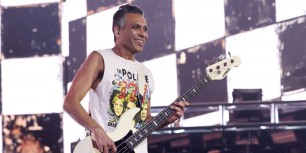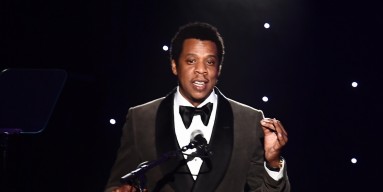The debate over streaming and which services best reward artiest for their work rages on, and one of the major analysts in the argument has updated his numbers. David McCandless first brought attention to streaming and other format earning for musicians with his 2010 study "Selling Out: How Much Do Music Artists Earn Online," and now he's updated the numbers to deal with new offerings and new policies at preexisting companies.
Understand however that it's not as simple as listing what service offers the best pay-per-stream numbers, as McCandless also points out that some services are at a major advantage over the number of streams they get. It's great if one service offers a more lucrative royalty...but that's useless if no one actually streams the track. Therefore the creator shows both how many streams a performer would require in order to meet minimum wage earnings from the service, as well as what percentage of performers actually reach that point. Understand as well that when McCandless gives that percentage, he's referring strictly to performers who could make minimum wage based entirely on streaming. Most performers presumably also sell albums and tour...both of which have much higher rates of return.
So who does well by musicians?
Beats Music seems to be the best option for signed performers...although it's still only paying .33 cents per-play. Still, that amount is enough so that 35 percent of the signed performers in its catalogue can make minimum wage off of the service (which requires nearly 44,000 streams). McCandless suggests that the new Tidal service will offer similar success rates (37 percent) although payouts are actually less ($0.007 cents per-play). Rhapsody also has a 35 percent "success rate."
As you might imagine, the biggest services offer the lowest rates of success. Deezer puts minimum wage numbers on paycheck to 6.5 percent of its users, Spotify to 2 percent of its performers, and YouTube offers minimum earnings to just half a percent of its viewers.













